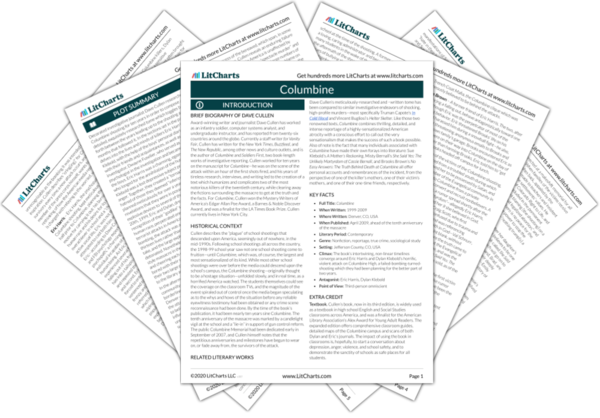Fuselier’s ability to differentiate between the shooters, and to understand early on that there will be different motivations and desires for each boy, allows him to approach the situation more receptive to the “whys” than any of his fellow investigators. The introduction of the Trench Coat Mafia angle ignites something huge in the media, which seizes upon the bizarre idea and sensationalizes it almost immediately.
